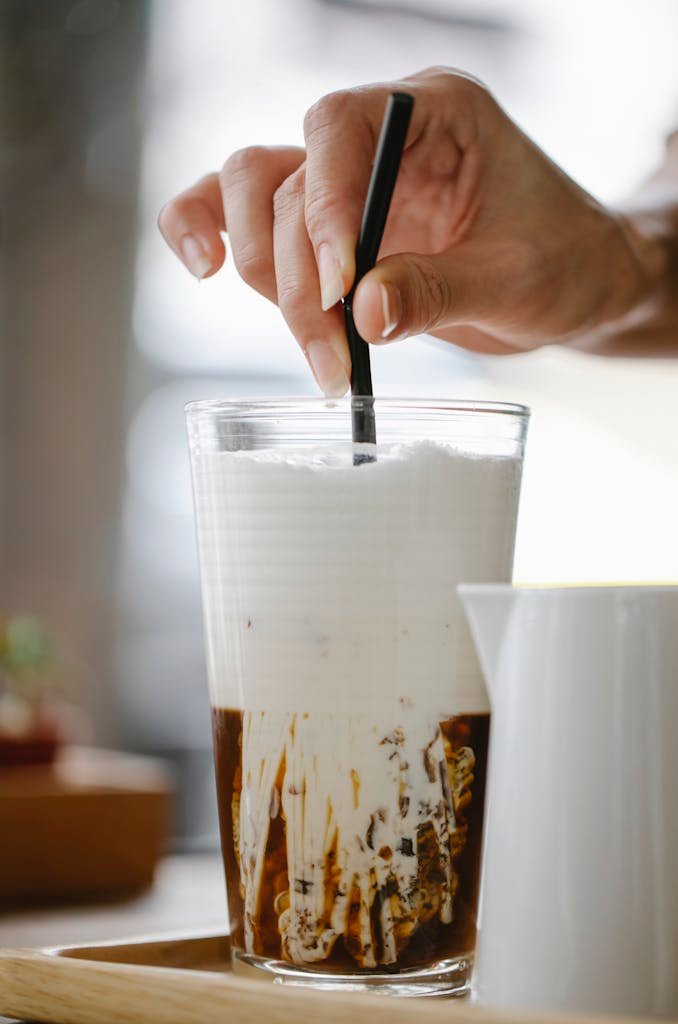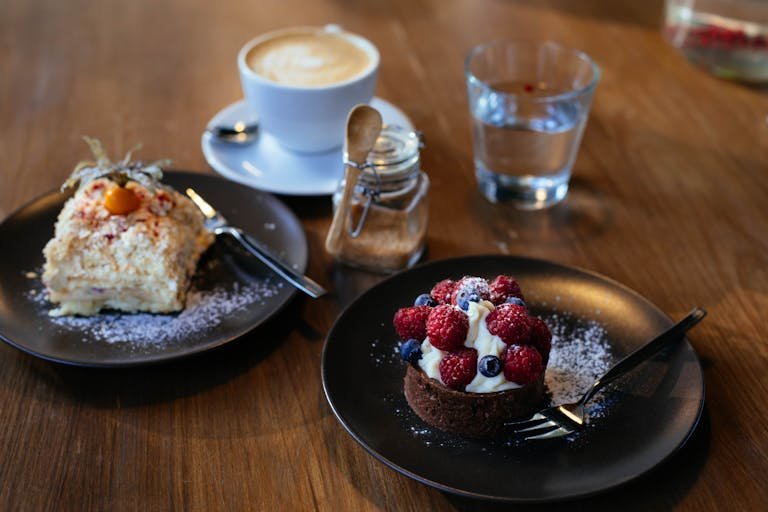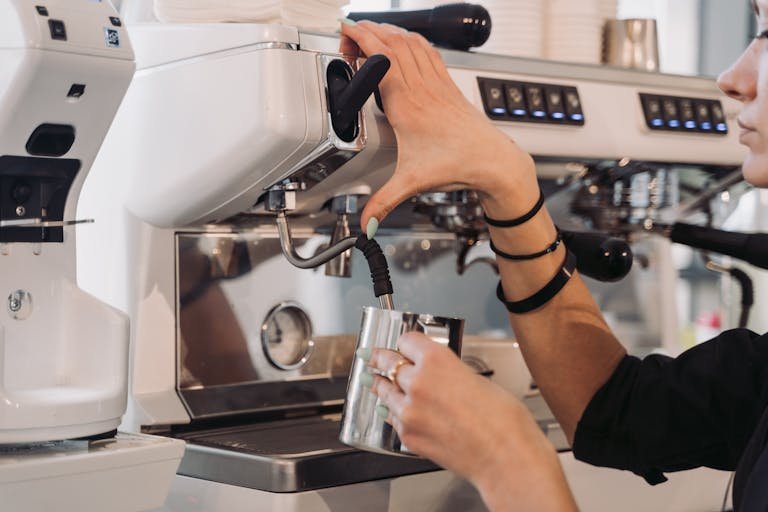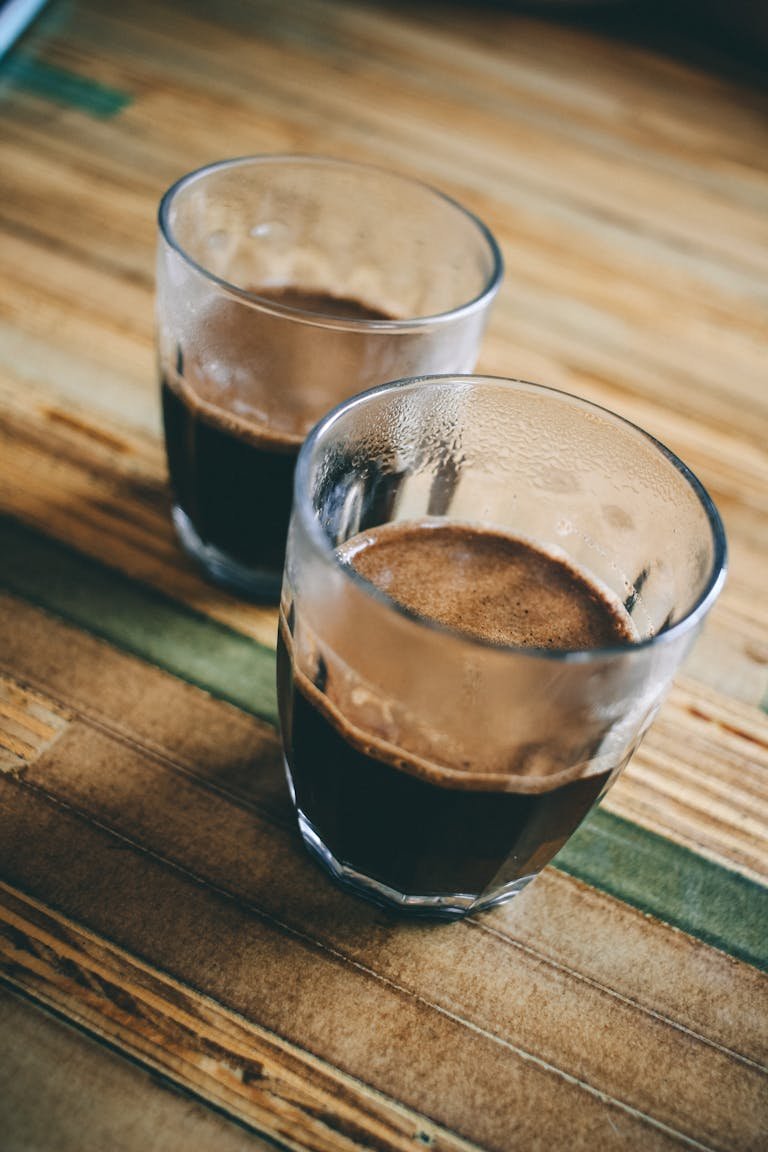If you’re a coffee lover, you’ve likely heard about lattes, cappuccinos, and macchiatos. But have you heard about the Spanish Latte? This delightful beverage offers a unique twist on the classic latte, making it a go-to for coffee enthusiasts and foodies alike. In this blog post, we’ll dive deep into the world of the Spanish Latte, exploring its history, what sets it apart, and how you can prepare this delicious drink at home. Get ready to elevate your coffee game and impress your friends with this international gem!
The Beginnings of the Spanish Latte
The Spanish Latte traces its roots back to Spain, where it is a staple in many coffee shops and cafes. Unlike its Italian counterparts, the Spanish Latte is known for its richer, sweeter flavor. The history of this drink is intertwined with Spain’s rich coffee culture, which dates back centuries. Spain has always been a melting pot of cultures and flavors, and this diversity is evident in its coffee traditions as well.
A Brief History and Origin
The Spanish Latte became popular in the 20th century, as coffee culture began to flourish in Spain. Travelers and locals alike flocked to cafes to enjoy this sweet, creamy concoction. Over time, the Spanish Latte has evolved, but its essence remains the same—a perfect blend of strong coffee and sweetened milk, often enjoyed with a touch of cinnamon or nutmeg.
What Sets Spanish Latte Apart from Other Coffee Drinks?
While there are numerous coffee drinks to choose from, the Spanish Latte stands out for several reasons. Its unique combination of ingredients and preparation methods set it apart from other popular drinks like the cappuccino or flat white.
Richness and Sweetness
One of the most distinguishing features of the Spanish Latte is its richness and sweetness. Unlike a regular latte, which typically consists of espresso and steamed milk, the Spanish Latte incorporates sweetened condensed milk. This adds a layer of depth and sweetness that makes it incredibly satisfying.
Unique Preparation
The preparation of a Spanish Latte also sets it apart. Instead of just pouring steamed milk over espresso, the milk is heated with sugar to create a caramelized, frothy texture. This method gives the Spanish Latte its signature rich and creamy consistency, making every sip a delight.
Versatility
The Spanish Latte is versatile and can be enjoyed in various forms—hot, iced, or even blended. This flexibility makes it an ideal choice for any season and any occasion, whether you’re lounging at a cafe in Barcelona or enjoying a quiet morning at home.
Read Also: Why is Coffee Cake Called Coffee Cake? Uncover the Truth
Ingredients and Preparation: A Step-by-Step Guide
Creating a Spanish Latte at home is easier than you might think. With the right ingredients and a bit of practice, you can enjoy this delicious drink anytime you want.
Ingredients You’ll Need
- 1 shot of espresso (or 1/2 cup strong brewed coffee)
- 1/4 cup sweetened condensed milk
- 3/4 cup whole milk
- 1/2 teaspoon vanilla extract (optional)
- A pinch of cinnamon or nutmeg (optional)
Step-by-Step Instructions
- Brew the Coffee: Start by brewing a strong shot of espresso or 1/2 cup of strong brewed coffee. An espresso machine works best, but a French press or Moka pot will do the trick.
- Heat the Milk: In a small saucepan, heat the whole milk and sweetened condensed milk over medium heat. Stir continuously to prevent burning. If you like, add a splash of vanilla extract for extra flavor.
- Froth the Milk: Once the milk mixture is hot and frothy, use a milk frother or whisk to create a velvety texture. This step is crucial for achieving that perfect, creamy consistency.
- Combine and Serve: Pour the brewed coffee into your favorite mug and slowly add the frothy milk mixture. Top with a sprinkle of cinnamon or nutmeg for a finishing touch.
Tips for Perfection
- Use fresh, high-quality coffee beans for the best flavor.
- Don’t skip the frothing step; it makes a big difference in texture.
- Experiment with different types of milk, such as almonds or oats, for a unique twist.

Where to Find the Best Spanish Lattes Around the World
If you’re not up for making a Spanish Latte at home, don’t worry! There are plenty of places around the world where you can enjoy this delightful drink.
Top Cafes in Spain
- Café de Oriente, Madrid: Known for its stunning views and delicious Spanish Lattes, this cafe is a must-visit.
- La Bicicleta Café, Barcelona: A hip spot that offers a modern take on traditional Spanish coffee drinks.
- Café Comercial, Madrid: One of the oldest cafes in Spain, offering a nostalgic ambiance and top-notch Spanish Lattes.
International Hotspots
- La Colombe, Philadelphia, USA: This American cafe offers a fantastic Spanish Latte, perfect for those who can’t make it to Spain.
- Workshop Coffee, London, UK: Known for its exceptional coffee, this London cafe serves a mean Spanish Latte.
- Campos Coffee, Sydney, Australia: A popular spot for coffee lovers, offering a delicious take on the Spanish Latte.
Hidden Gems
- El Beit, Dubai, UAE: A cozy cafe that offers an authentic Spanish Latte experience.
- The Grounds of Alexandria, Sydney, Australia: This Instagram-worthy cafe is famous for its beautifully crafted Spanish Lattes.
- Café Central, Vienna, Austria: A historic cafe that offers a delightful Spanish Latte amidst its old-world charm.
Read Also: Discovering the Symphony of Flavors in Cold Brew Coffee
Spanish Latte Variations and Recipes for Home Brewing
The beauty of the Spanish Latte lies in its versatility. Here are some variations you can try at home to elevate your coffee game.
Classic Spanish Latte
The classic recipe includes espresso, sweetened condensed milk, and whole milk. This version is perfect for those who enjoy a rich, creamy drink with a hint of sweetness.
Iced Spanish Latte
For a refreshing twist, try an iced Spanish Latte. Simply follow the classic recipe but pour the frothy milk over ice. This version is ideal for hot summer days.
Flavored Spanish Latte
Add a splash of flavored syrup, such as caramel or hazelnut, to your Spanish Latte for an extra layer of taste. You can also experiment with spices like cinnamon or cardamom.
Vegan Spanish Latte
Substitute the whole milk and sweetened condensed milk with plant-based alternatives like almond milk and coconut condensed milk. This version is perfect for those who prefer a dairy-free option.
The Cultural Significance of the Spanish Latte and Its International Appeal
The Spanish Latte is more than just a delicious drink; it’s a cultural phenomenon. Its popularity has transcended borders, making it a beloved beverage worldwide.
A Reflection of Spanish Culture
In Spain, coffee is more than a drink; it’s a way of life. The Spanish Latte embodies this cultural significance, offering a taste of Spain’s rich coffee heritage. It’s often enjoyed during leisurely breaks, reflecting the Spanish emphasis on relaxation and socializing.
Global Popularity
The Spanish Latte has gained international acclaim, thanks to its unique flavor profile and versatility. Cafes worldwide have embraced this drink, adding their twists to cater to local tastes. Its global popularity is a testament to its universal appeal.
A Bridge Between Cultures
The Spanish Latte serves as a bridge between cultures, bringing people together over a shared love for coffee. Whether you’re in Spain, the United States, or Australia, this drink offers a sense of connection and community.
Read Also: Discovering Cortado Coffee and Why You Should Try It
Closing Words
The Spanish Latte is a delightful beverage that offers a unique twist on the classic latte. Its rich, sweet flavor and creamy texture make it a favorite among coffee enthusiasts and foodies alike. Whether you choose to make it at home or enjoy it at a cafe, the Spanish Latte is sure to impress.
Happy brewing!






